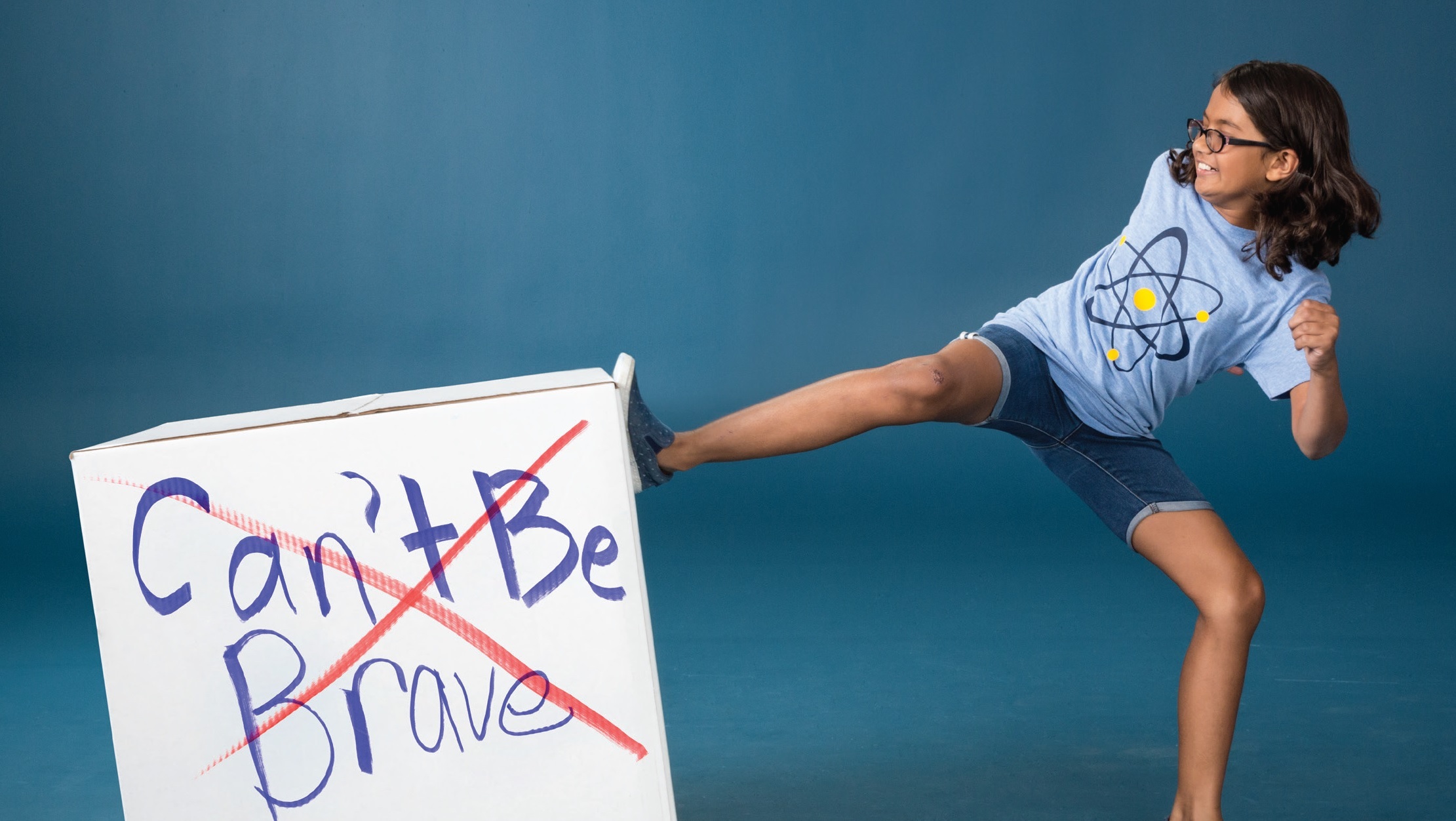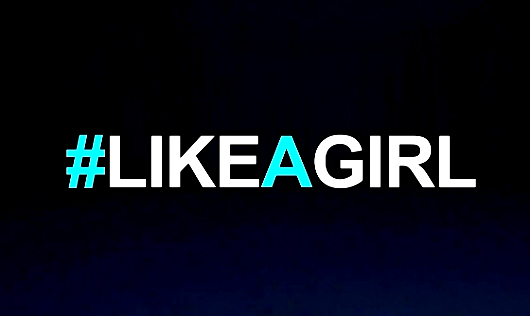“You
throw like a girl”. “Stop being such a girl”. “Stop being such a drama queen”.
How would you react if someone told you any one of those phrases? Some people,
women included, would be offended.
Always,
is one
of the world’s largest and leading producers of feminine care products. Its
company motto is “Always is dedicated to helping women embrace womanhood positively-
from the beginning of puberty through their adult lives.". The ad debuted during the biggest football game of the
year,
This ad brought attention
that it is not only men who have this sexist perspective, but it affects both
genders. From this ad, and our daily experiences, we get the idea that doing
something like a girl has a negative connation to it, like doing something in
less passionate, weak and wrong way. The aim of this commercial is to encourage
young girls, and everyone else, to reexamine the bias we have and encourage
women and girls that they are just as capable, strong and to keep doing what
they are doing and not let stereotypes diminish their confidence. It encourages all
genders to challenge the ideologies of society.
I think one of the best moment in the commercial is when we see
the group of young girls being asked, “When did doing something ‘like a girl’
become an insult?” One of the young girls says, “I’m not sure if it’s a bad
thing or a good thing. It sounds like a bad thing.” Then the original cast
realizes the underlying sexism of what they have done, and encourage young
girls to keep with their passions.
The target audience in this ad is mainly young women, especially
those aged 8-16 as they are at an age where they are easily susceptible to
sociocultural factors seem to start influencing. But the ad could also be said
to be targeted to the men, and again mainly young men, as a wakeup call to be
more aware of the way they are helping, whether knowingly or unknowingly,
encourage women to be ashamed of themselves.
In addition, the use of color is
arguably among the most powerful communication tools in any media design. The
use of blank blue background throughout the commercial is an intentional ploy
of the director to evoke sincerity, as all the attention is on the cast. The
color blue gives us a feeling of stability and quality, and doesn’t attract
attention on the surroundings but emphasizes the content.
This ad takes a reception and
experience approach to feminist work on popular culture. The Always advertisement represents values that are often inherent in
feminist thinking, through the ad we are challenged
to think about what kinds of images are presented and what do those images
reveal about women’s position in the culture; and what are the consequences of
those images. We see the social construct that “boys are better than girls.”
Women are assumed to be inferior to men in many aspects of life, including work
performance, athletic ability, and intelligence. Always challenges
these power structures by illustrating a different, more realistic picture, one
in which girls are just as capable and strong as their male peers. In the scene
at the end of the ad where the older girls are shown playing their sports, Always shows that girls have untapped
potential that would go undiscovered due to a socially constructed weakness
that girls supposedly have.
The
ad did induce strong sentiments about what it means to be a woman in this
patriarchal society. However, assuming one had no knowledge about the Always brand you would think that they
were some sort of feminist organization, and not a manufacturer of feminine
products. While their calculative choice
to not use a product-orientated approach paid off, as they managed to improve
their brand image and use emotion to coax consumers into thinking about buying
their products, it does make me question their motive. As discussed in
her article, journalist Emily Shire
argues that the campaign is emotionally exploitative, If Always is going to attach a message about self-confidence without
any actual mention of the product they sell or menstruation in the commercial,
it seems somewhat deceptive.
While
I commend Always for taking a stance
on such a trivial and important matter, and using rather sophisticated and
tactful marketing in doing so. But at the end of the day, their motive is
profit. I think that it is odd and suspicious that they don’t mention how their
products will help empower girls, they didn’t release a statement that they
will donate to a girl’s fund or help create more opportunity for women.
Essentially it was just another hyped campaign in which people will forget
about after a while. However, as shown by some studies, the impact that the
campaign had on Always’ market share
was undeniable.
Always isn’t the first company accused of
using the guise of women empowerment to further their agenda, Dove’s “real beauty” campaign always faced
great criticism about the sincerity of their ads and whether it was just
another clever marketing trick to get us to buy more of their products or
whether they actually care about empowering women.
Was
I moved by the like a girl campaign? Yes. Did it make me more likely to buy an Always product next time I go shopping?
Not really.



No comments:
Post a Comment